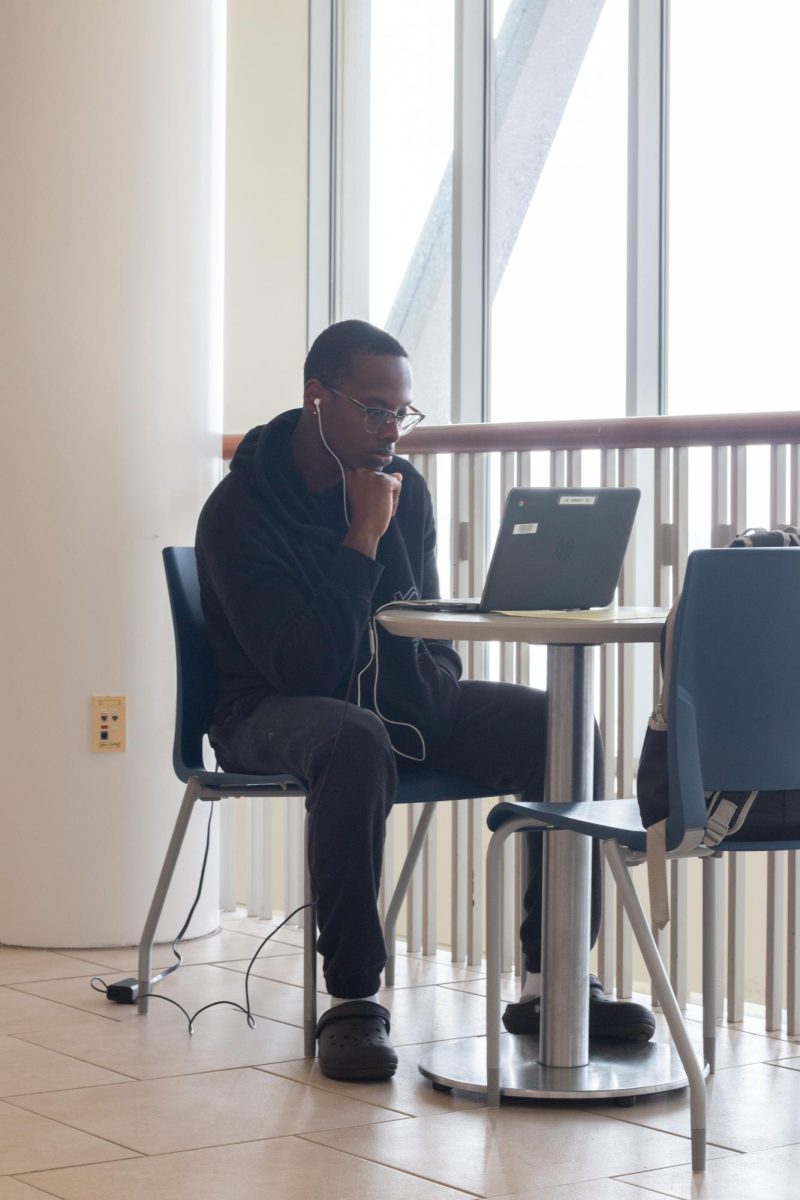Oh, studying. For many people, myself included, it might as well be synonymous with stress and tears. The thing is, everyone knows what studying is, but not many people know that it isn’t a “one size fits all” kind of deal. We’ve been taught to take notes based on slides or lectures, and some of us have realized that we just aren’t retaining as much as we’d like to. It took me years to realize I wasn’t the problem in this situation; it was the method of studying that I was applying.
Studying should be a very personalized experience. All of us learn in different ways, and studying is no different. For example, I am very much a visual learner. I simply don’t do well when I have someone speaking information at me. I don’t expect myself to retain all of it, and for most people I’ve spoken to, this is the case for them too.
Over the years of my academic career, I’ve experimented with different ways of learning to find what works best for me. This trial and error is what helped me eventually find out that I am a visual learner. I do my best when there is some visible way to help me retain the information, and these ways can be applied differently based on what is most efficient for the specific class. There are so many different methods to experiment with and knowing that not everything has to be just words on a page has made all the difference in my learning.
For classes that already utilize tools like mental imagery through pictures or demonstrations, such as those in STEM, visualization is easily achievable because you can see the things you’re learning. So, for these classes, I take notes that will help me absorb the often-dense material in an easier way.
That means sometimes my notes have small diagrams and hand drawn pictures to help me see what I’m being taught. I also color code equations by breaking down each of its parts, to make it easily digestible. I’ve used these methods either alone or together, but the main thing is knowing how to adapt my methods so that I can make sure it best suits the class I’m taking.
In some of my other classes, such as English and history, the moments where you can make actual diagrams or charts are rather slim, creating the need to adapt my note taking. For this, I’ve experimented with a lot with different methods, as I’m looking at mostly words and dates. The main thing that works for me is making things color coded and organizing the information in a way that makes sense for me. Sometimes I utilize bullet points to break down dense information into bite-size chunks, and other times I use little T-charts to help see things like cause and effect. It’s truly all preference, but once I found what works for me, I was able to absorb so much more in these types of classes.
But not all methods of studying have to be solo. I’ve also utilized the resources that surround me both in and out of the classroom. One of my preferred study methods is making study groups with students in my classes! This is one of my favorite ways to learn because you’re able to get real-time feedback from your peers. We can both build off what the other person knows, and there are times where I don’t understand something that they might and vice versa. Meeting with classmates outside of class and even meeting with your professor during office hours is so beneficial toward your success.
Another thing that has helped me while studying is something that I often overlooked because I simply didn’t think its impact was that important. However, I now know that the environment where I study makes all the difference. I get far more work done when I’m in an environment where other people are also studying and doing their schoolwork. I noticed that when I studied in places that are meant for winding down, such as in my bedroom or living room, I often would get distracted and subconsciously go into “relax” mode. Realizing this changed everything!
Places like libraries and study halls have been so important in the moments where I just couldn’t get into the groove of studying. However, I know people where the opposite is true for them. They work better when they’re apart from people and in their safe spaces. Once you find what works for you, you’ll see how productive you can become!
I don’t like studying, and I don’t think I’ve met a person who does, but it is fundamental to academic success. That’s why it was so crucial to find what works best for me. I definitely didn’t list all the methods I know; these were just the ones that I use every time I study. But like I said, studying shouldn’t be one size fits all. Some of my friends utilize voice memos and videos, while some prefer to type up all their notes and organize it. Studying is meant to be personalized and tailored for our needs! There is no right or wrong way.
Being able to find my own methods helped me feel much more in control of my own education. Writing down word-for-word the things that my professor said or put onto a slide just didn’t work for me, and I know it didn’t work for a lot of other students. While this common method worked for some students, I took it upon myself to find methods that bettered me.
So, as we start charging into this semester, I hope you find something that work for you! There may be some trial and error, but once you find the techniques that work for you, you might notice that changing the way you study makes all the difference. I truly wish us all luck and success in this new school year. Happy studying!





















































